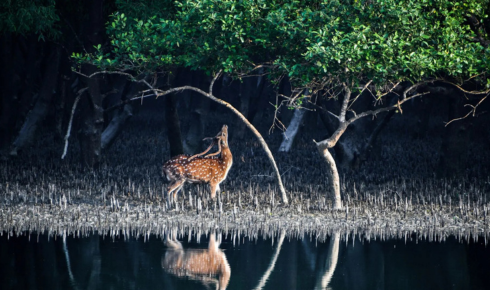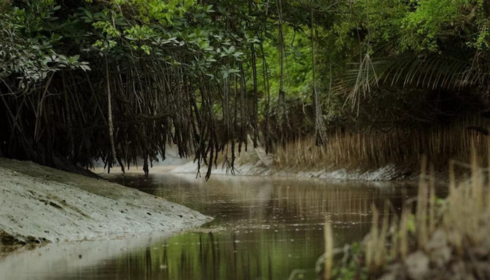
sundarban trip
A sundarban trip is more than just a vacation; it’s a thrilling escape into one of the most mysterious and ecologically rich regions in the world. Nestled in the southern delta of West Bengal, the Sundarbans is the largest mangrove forest on Earth and a UNESCO World Heritage Site. Known for its vibrant biodiversity, winding waterways, and the majestic Royal Bengal Tiger, the Sundarbans offers an experience that combines adventure, relaxation, and nature at its purest.
Spread across India and Bangladesh, the Sundarbans cover over 10,000 square kilometers and are home to thousands of species of flora and fauna. The region’s name comes from the “Sundari” trees that grow in abundance in these tidal mangroves. Whether you’re a wildlife enthusiast, a nature photographer, or simply someone looking for peace in the lap of nature, the Sundarbans has something for everyone.
Highlights of a Sundarban Trip
A typical Sundarban trip begins in Kolkata, from where travelers are taken by road to Godkhali, the entry point to the Indian Sundarbans. From there, the real adventure begins as visitors board boats that cruise through the maze of rivers and creeks, providing stunning views of the dense forest and water channels.
Key attractions on a Sundarban trip include:
- Sajnekhali Wildlife Sanctuary: Home to a range of birds, reptiles, and mammals, this is one of the best spots to begin your exploration.
- Sudhanyakhali Watchtower: Offers one of the best chances to spot tigers and other wildlife.
- Dobanki Canopy Walk: A raised platform walkway through the forest canopy gives you a bird’s-eye view of the forest.
- Village Tours: Learn about the lifestyle, traditions, and daily challenges of local communities who live in harmony with the forest.
- Boat Safaris: Enjoy peaceful boat rides at dawn and dusk, the best times for wildlife sightings and stunning views.
Wildlife Encounters
The Sundarbans is renowned as the home of the Royal Bengal Tiger, one of the most elusive and powerful big cats. Besides tigers, the region is also home to saltwater crocodiles, fishing cats, otters, spotted deer, monkeys, and over 250 species of birds including kingfishers, egrets, and Brahminy kites.
The excitement of possibly spotting a tiger or watching a crocodile basking on the mudflats adds a thrill to every boat ride. Naturalists and guides often accompany travelers, offering deep insights into the forest’s biodiversity and helping spot animals that are otherwise difficult to see.
Best Time to Visit
The ideal time for a Sundarban trip is from October to March, when the weather is cool, comfortable, and perfect for sightseeing. During this period, the water levels are suitable for boat rides, and animal sightings are more common. Avoid the monsoon months (June to September) as the area experiences heavy rainfall and high tides, making many parts inaccessible.
Travel Tips
- Pack light but smart – bring sunscreen, insect repellent, binoculars, a good camera, and comfortable clothing.
- Follow forest rules – do not litter or disturb the wildlife; always follow your guide’s instructions.
- Respect local culture – the Sundarbans is not just a forest but also home to resilient communities who depend on the forest for their livelihood.
- Stay hydrated – boat trips can be long, so carry water bottles and snacks.
Conclusion
A journey through the Sundarbans is unlike any other. It offers a perfect blend of adventure, education, and relaxation. From cruising through silent creeks to watching rare animals in their natural habitat, a Sundarban trip creates memories that last a lifetime. Whether you’re traveling solo, with friends, or family, this natural wonderland is a destination that promises to captivate your heart and soul. So, plan your trip today and dive deep into the wild magic of the Sundarbans!



